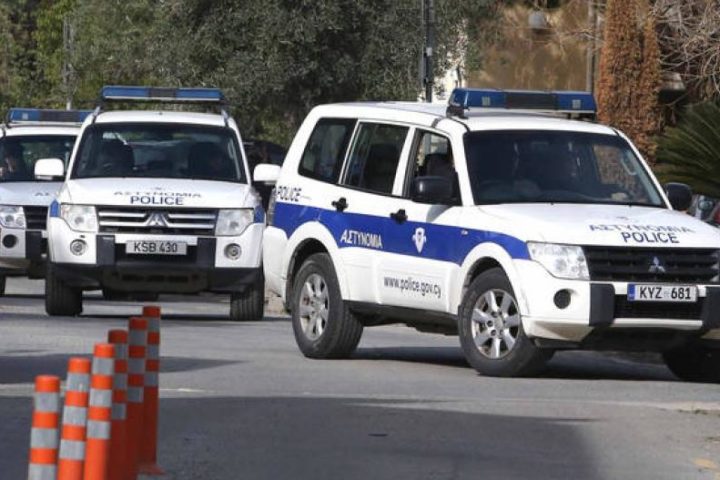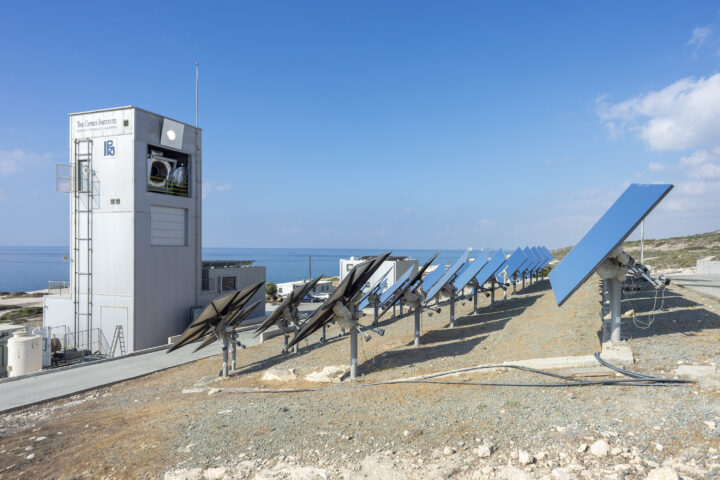When the government issued a tender for the supply of 420 automatic vehicle locators (AVL) to improve the efficiency of its fleet, it seems it got more than it bargained for, according to a scathing report by the public sector watchdog.
A report by the Auditor General’s office has revealed that some police cars were used by officers for personal use, almost on a daily basis, while the company supplying the system, has grossly violated the terms of the €406,000 tender, dating back to 2013.
The report said that random checks were conducted between April and July last year into the installation, use and maintenance of the tracking devices, installed on 320 police vehicles and 100 vehicles of the fire service, as well as 60 mobile and 50 navigation units.
It found the GPS-operated AVL system had not been working on a large number of patrol cars, while it remained installed on vehicles that were immobilised, with the supplier delaying a 48 hour service response time to an average of 72 working days.
A police spokesman told the Financial Mirror that remedial measures were immediately put in place when the Chief of Police was handed the report in January, while from February on, the police technical services have resolved “almost all” issues.
“Recommendations were also made as regards the supplier,” the police official said but did not disclose the system operator’s identity or whether it would be fined.
He said that the police were “exploring every option” on how to further handle the issue.
An investigation is also underway to see if any criminal or misconduct charges will be brought against officers abusing the system, while the police are reviewing the entire procurement process by which the contract was awarded in the first place.
The Audit Office said in its report that certain functions or applications of the system did not correspond to the respective technical requirements and specifications set by the police.
But it also found fault in the police for not demanding a replacement of a faulty AVL unit until the original system was repaired, while the operator “did not implement any upgrade of the software system, in violation of the terms of contract.”
The Audit Office, charged with scrutinising all public contracts and expenditure, said “a number of new [AVL] devices remain unutilised, despite the affirmed need for their installation on additional vehicles of the police fleet,” while more than a third of the mobile units remain unutilised and in storage.
Almost all, or 49 of the 50 navigation devices installed on police cars had some fault and 48% of these remained out of commission for at least two weeks after the error occurred while the software system reported 15 errors within three months that resulted in the server going offline and the entire system out of order on a nationwide basis.
The police spokesman told the Financial Mirror that these 49 units had since been repaired by their own technicians and were back in use.
Parked outside
However, the Audit Office also raised another issue, that the system’s basic capabilities were not properly utilised which led to the delay in fixing such faults, resulting in a higher operational and maintenance cost.
As regards abuse of patrol cars by members of the police force, 324 vehicles (79% of the fleet of 412) were found to be parked outside the homes of officers registered as drivers of the vehicles.
A sample test generated from the tracking system of 10 vehicles found one car parked in front of a police officer’s house 80 times in 92 days, in 15 cases they exceeded a one-hour stay, and a vehicle was traced as parked in front of an officer’s house for 5 hours and 46 minutes.
The Audit Office said that the main criteria for the report were the evaluation of the operational capability of the system that would, in turn, contribute to the general success rate of the force.
And achieving savings in expenses as regards better management of fuel consumption and maintenance of the police fleet through continuous monitoring of patrols, as well as other useful data such as mileage, exceeding speed limits and dangerous driving patterns of police drivers.
The report also reviewed the risk factor for the safety of police officers through the mobile units of person identification or vehicle registration, as well as the need, if necessary, for police officers to transmit an emergency message or call.










